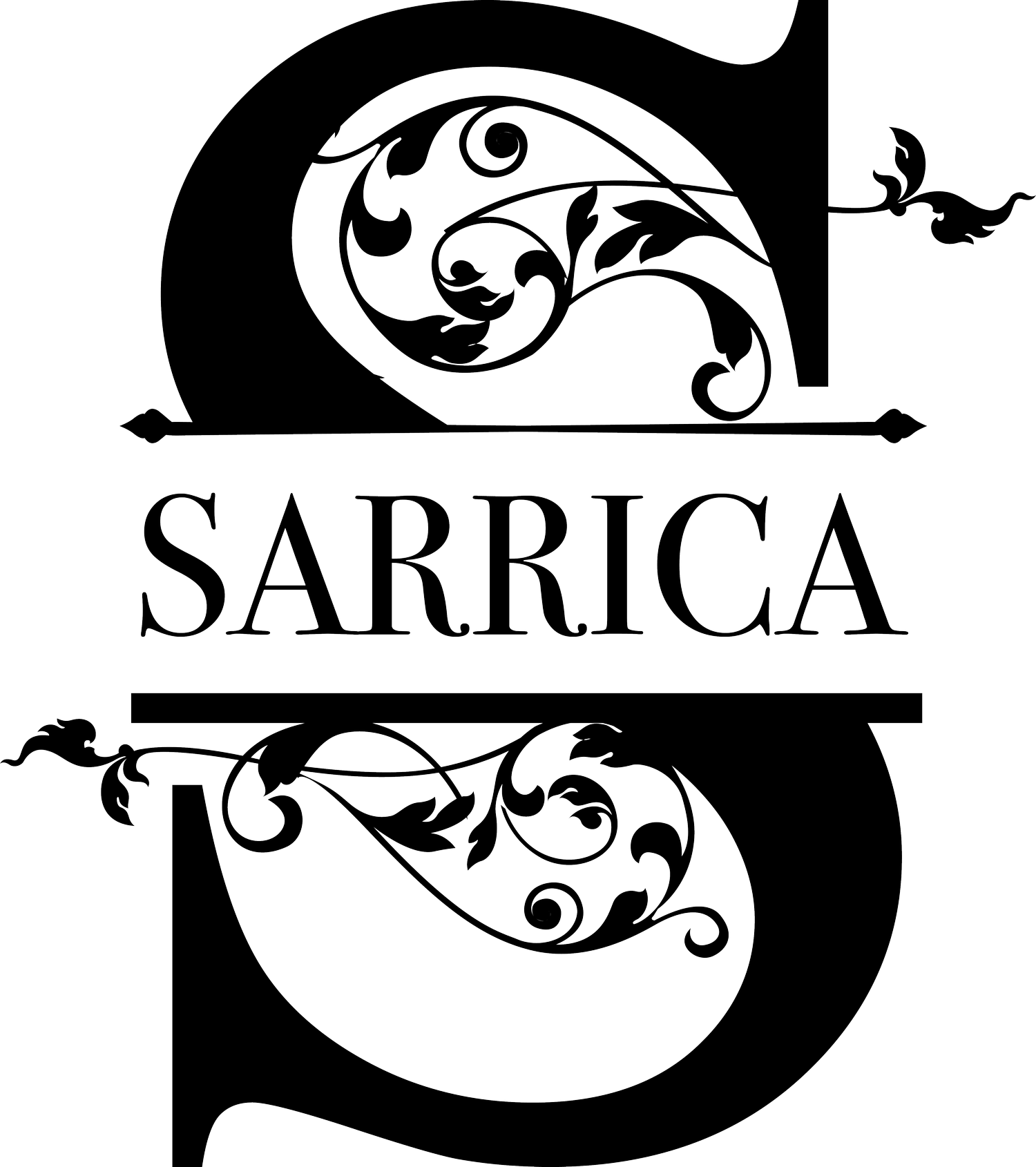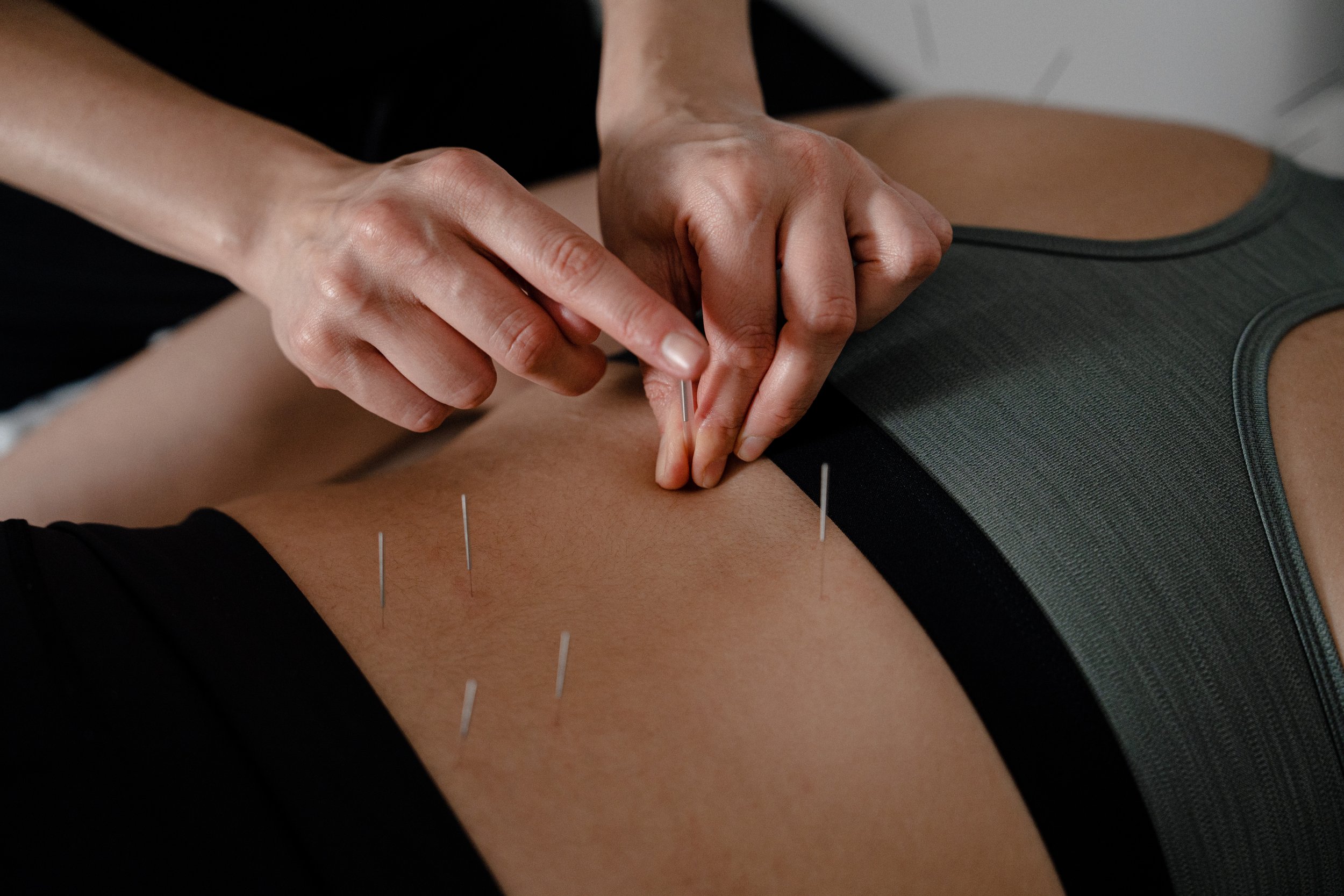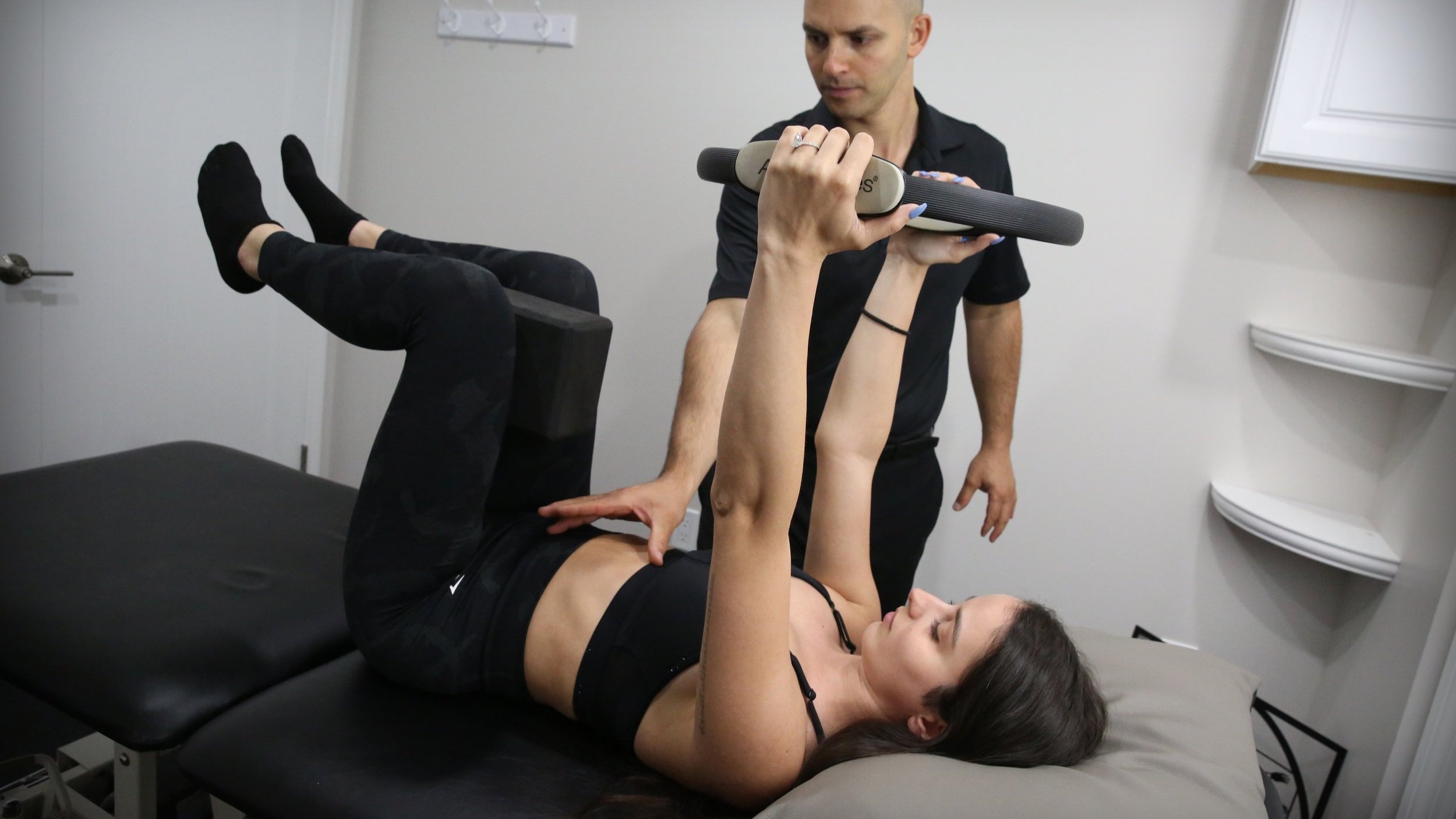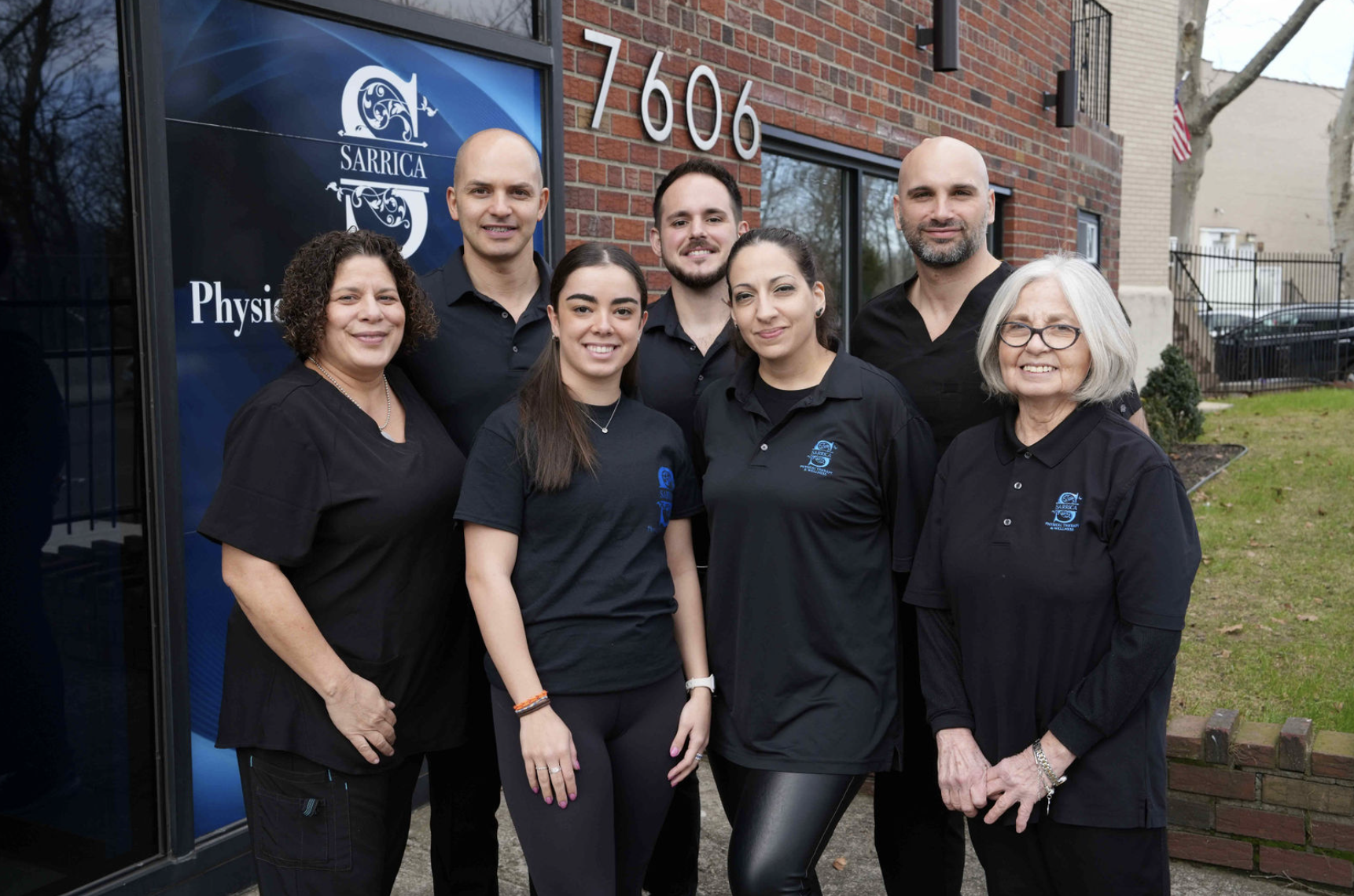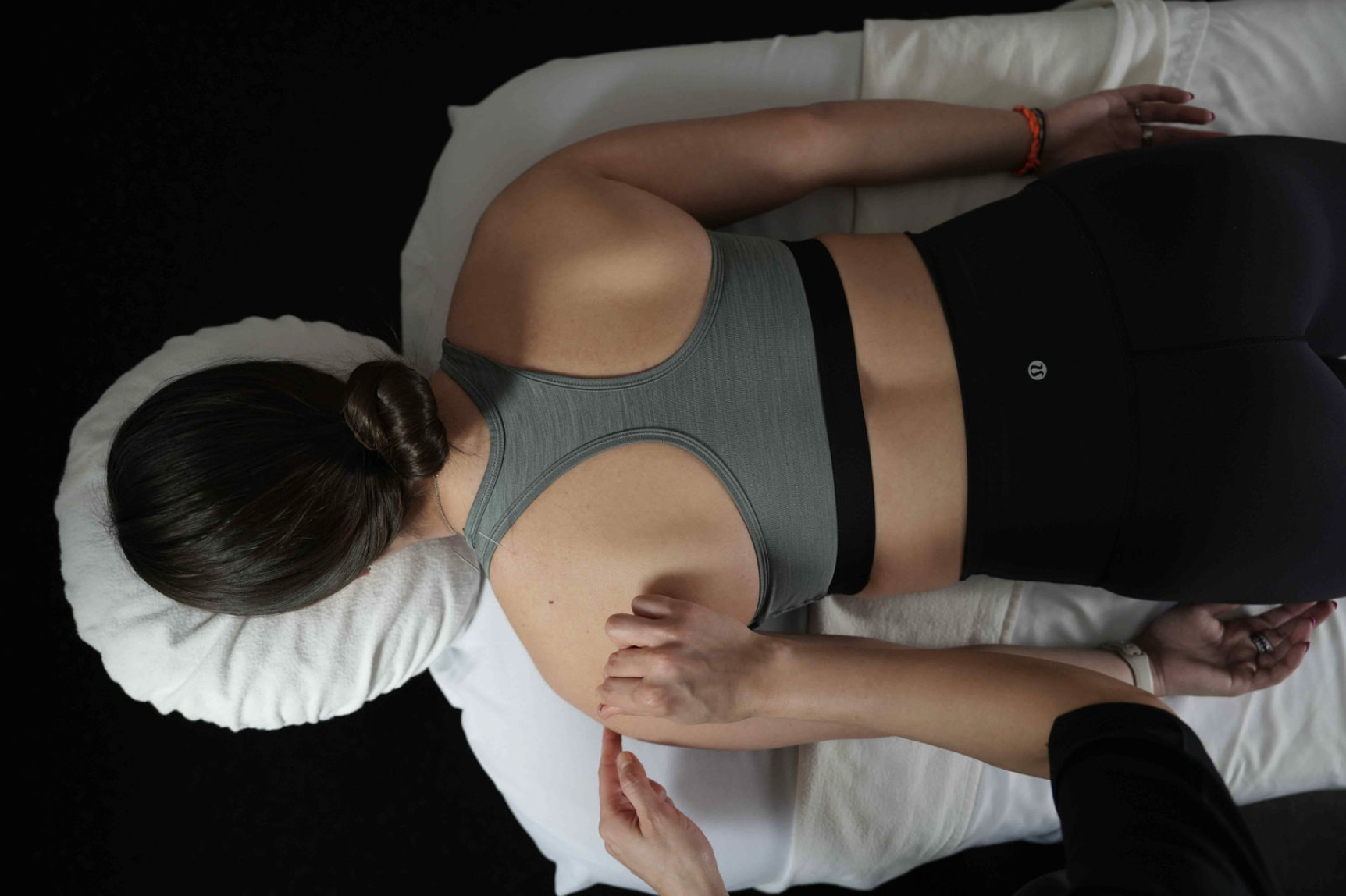Sitting Pity
Unbeknownst to most people, the average chair can be one of the most detrimental pieces of furniture today.
Written by Sarrica PT’s Physical Therapist, Dr. Shiri-lee Uriel PT, DPT, CSCS
Unassuming as it may be, this insidious fixture currently poses a major hazard to our postural and biomechanical health and in turn, leads to a host of pain syndromes.
The issue begins in childhood as we first attend school. Whereas like most items purchased en masse, school chairs are usually chosen for cost effectiveness, structural integrity and life span, as opposed to other critical aspects such as comfort and postural health. Unfortunately, we spend the majority of our childhood in them, and often find ourselves having to adapt our bodies to them as opposed to vice versa.
Hour after hour year after year we are guided into these destructive seats and made to stay put for hours on end. For many of us, this persists into a lifetime of horrible sitting habits.
As technology improves we find ourselves constantly sitting at the computer; at home or in the office, whether we are at work or at play. As we go about our daily tasks, our spines and diaphragms are slowly but surely creeping into a distorted, compressed and imbalanced mess.
Why not have your sitting posture and workspace analyzed by a qualified Doctor of Physical Therapy? At Sarrica PT we can evaluate your biomechanics and both assess and treat any ensuing pain or pathology stemming from faulty positions and non-ergonomic workstations.
Ideal Bio Mechanical Success:
Spine to thigh angle 135
Seat height 2 inches less than length from height of top of your knee to the floor
Chair tilted to open front of hips
Seat flat, non-contoured, and firm with
Up to 1-inch thickness upholstery
Flat back with gap between seat and backrest for buttocks
Armrests
Work on tilted surface
Undesired Biomechanical Failure:
90 degree seat angle pulls pelvis into a backwards tilt, causing the lumbar spine to lose its lordotic curve
Eyes remain in position to look at computer/or other surface which brings the upper spine/skull into hyperextension or alternatively; over-flexion of cervical spine to look down straight downward to the desk surface.
